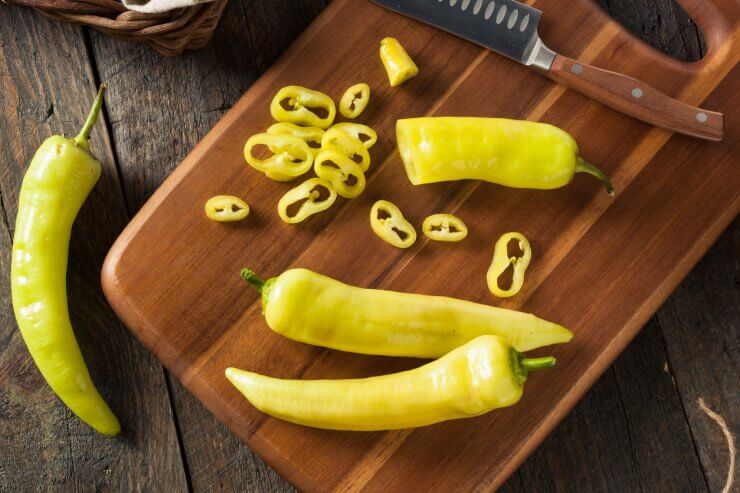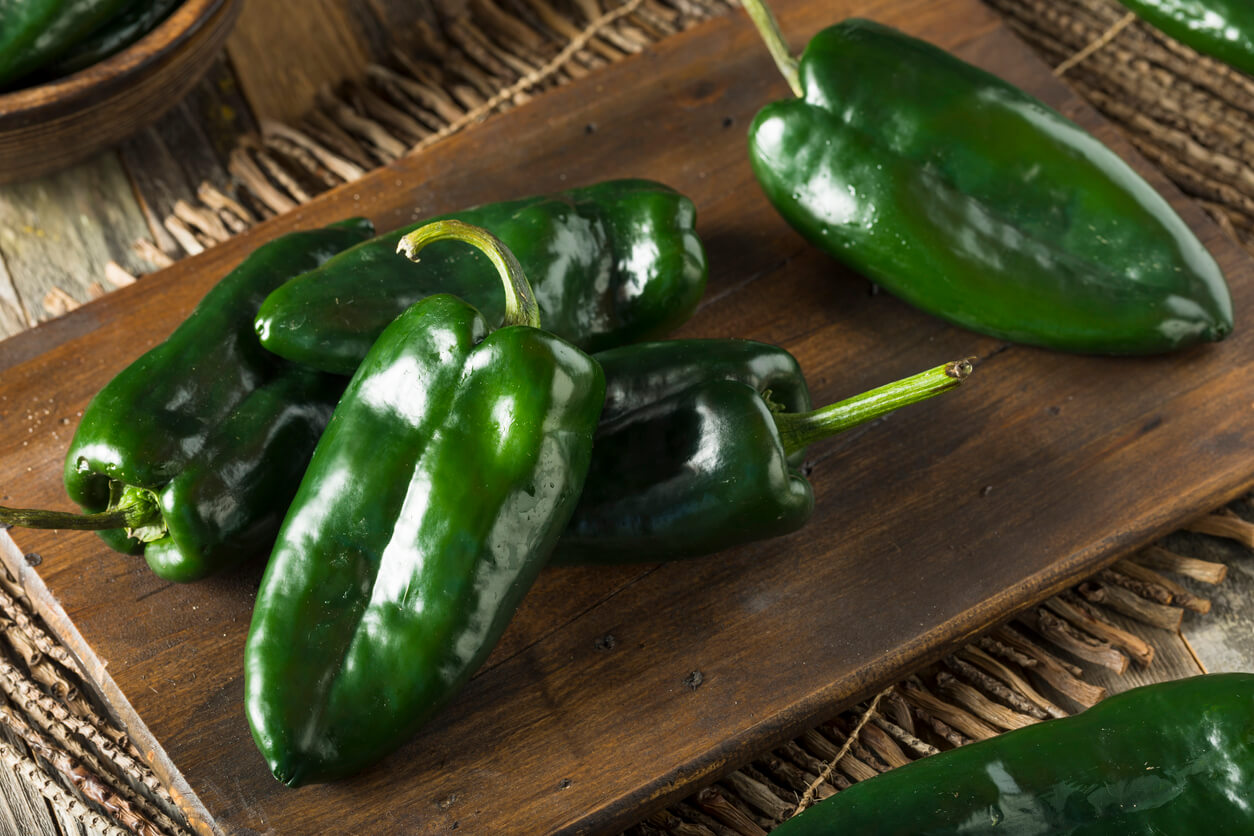
Early in my gardening days, I learned an important lesson about pepper heat variations that changed my approach to gardening. I had planted both Hungarian Wax and Banana peppers, assuming they’d have similar heat levels since they look nearly identical when young. During our first harvest dinner, I confidently added a generous handful of what I thought were mild hot peppers to our salad. The unexpected moderate kick from the Hungarian Wax peppers sent my heat-sensitive family reaching for milk glasses!
That experience sparked my curiosity about the science behind pepper heat levels and led me to dive deeper into understanding how to reliably grow mild hot peppers that could deliver complex flavors without overwhelming spiciness.
Understanding Pepper Heat: The Science Behind the Sizzle
The heat in peppers comes from compounds called capsaicinoids, primarily capsaicin, which bind to pain receptors in our mouths. Interestingly, these compounds are concentrated in the pepper’s placenta – the white membrane that holds the seeds – rather than in the seeds themselves. This means you can significantly reduce the heat of any pepper by carefully removing these parts during preparation.
The Scoville scale, developed in 1912 by pharmacist Wilbur Scoville, measures pepper heat in Scoville Heat Units (SHU). For reference, bell peppers register at 0 SHU, while the fearsome Carolina Reaper can exceed 1.5 million SHU. For those seeking mild hot peppers, I recommend focusing on varieties that fall between 100-5,000 SHU.
Environmental factors can significantly influence pepper heat levels. Higher temperatures, water stress, and mineral content in soil can all increase capsaicin production. As a science-minded gardener, I find it fascinating that the same pepper variety can vary in heat level depending on growing conditions. This is why your home-grown peppers might taste different from store-bought ones.

Best Mild Hot Pepper Varieties for Your Garden
Let me share some of my favorite mild hot peppers that deliver excellent flavor without excessive heat. These varieties have become staples in my garden and kitchen:
- Banana Peppers (100-500 SHU): These sunny yellow peppers are perfect for beginners. They mature from pale green to yellow to red, becoming slightly sweeter as they ripen. I love using them fresh in salads or pickled on sandwiches. They’re incredibly productive and adaptable to various growing conditions.
- Anaheim Peppers (500-2,500 SHU): These long, slender peppers are my go-to for making chile rellenos. They’re versatile enough for roasting, stuffing, or using fresh in salsas. The plants are robust and disease-resistant, making them excellent choices for organic gardens.
- Hungarian Wax Peppers (1,000-15,000 SHU): Despite their variable heat range, when picked young, these peppers tend to stay on the milder side. They’re excellent for pickling and add beautiful color to your garden with their progression from yellow to orange to red.
- Poblano Peppers (1,000-1,500 SHU): These heart-shaped peppers are perfect for stuffing and roasting. When dried, they’re known as ancho chilies and form the backbone of many Mexican mole sauces. The plants are typically very productive, giving you plenty of opportunities to experiment with different cooking methods.
For optimal growth, these mild hot peppers need full sun and well-draining, slightly acidic soil (pH 6.0-6.8). I’ve found that adding calcium to the soil not only prevents blossom end rot but also helps moderate the heat level of the peppers. Start seeds indoors 8-10 weeks before your last frost date, and don’t rush to transplant – peppers love warm soil.
When harvesting, remember that most peppers become hotter as they ripen. For the mildest flavor, harvest your peppers when they’ve reached their full size but are still in their immature color stage. This is particularly true for varieties like Hungarian Wax peppers, which can become significantly spicier as they turn red.
Want to learn more about growing these fantastic vegetables? Check out our comprehensive Hot Peppers Gardening Guide for detailed information about soil preparation, pest management, and advanced growing techniques.
I’d love to hear about your experiences growing mild hot peppers! What varieties have you had success with? Have you discovered any unique ways to use them in your cooking? Share your stories and tips in the comments below, and don’t forget to download our Hot Peppers Gardening Guide for more expert advice on growing the perfect peppers for your heat preference.


 Previous
Previous

We love growing Japanese Shishito Peppers. The bushes produce many peppers with minimal care.
One year the Shishitos were extremely hot. We asked an experienced gardener friend how that could happen. He laughed and said we had planted jalapenos only 3 yards away and they were probably cross-pollinated. I haven’t found any literature explaining this. Is his a thing?
Hi Andra – I wrote about this debunked myth here – https://foodgardening.mequoda.com/articles/keeping-your-bell-peppers-sweet-by-avoiding-cross-pollination/
The short answer is that cross-pollination only affects the seeds, not the plants. Shishitos are generally mild, but they say 1 in 10 are randomly hot. That said, they are easily influenced by the weather, soil, etc. so you may have had a higher ratio of hot ones that year!